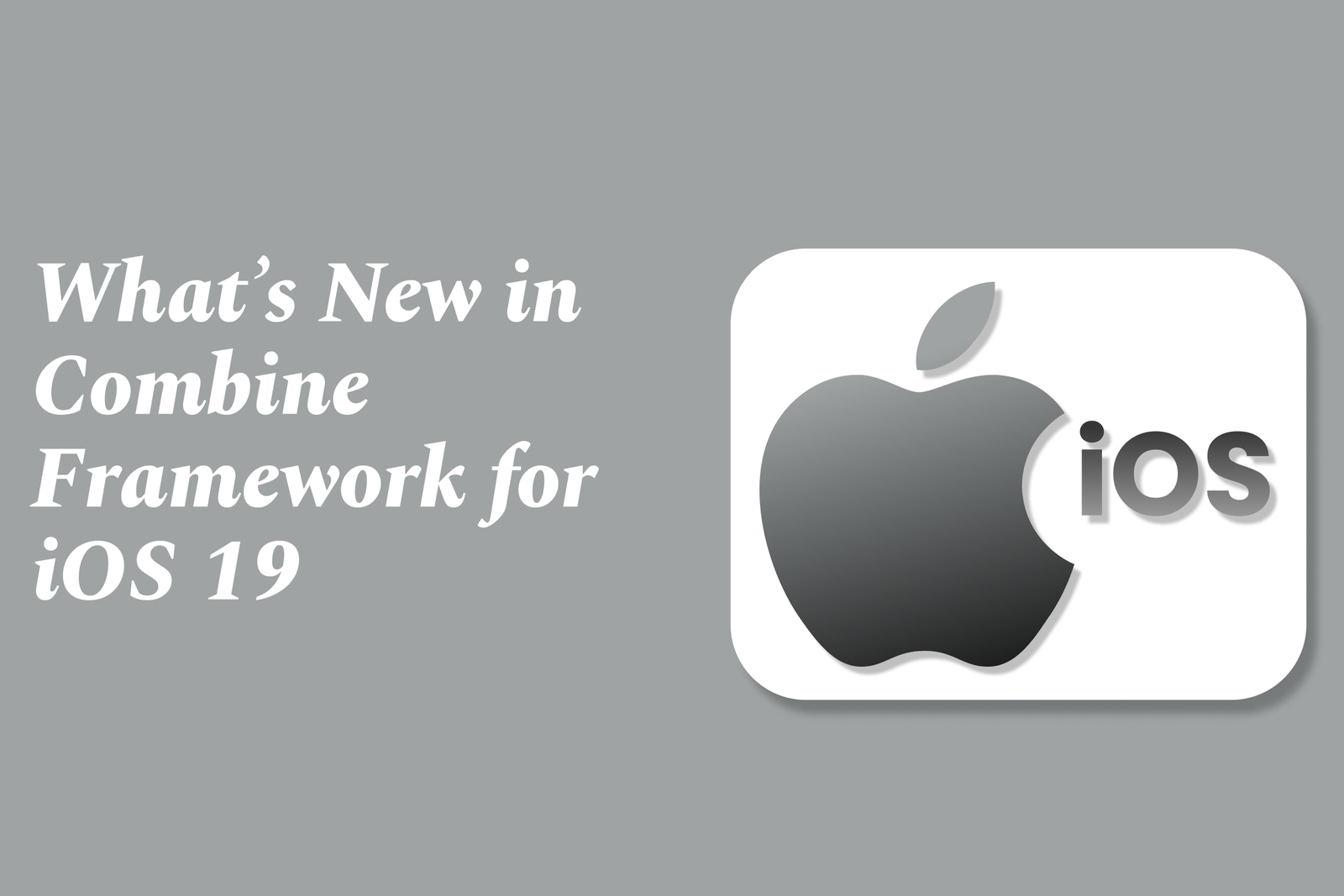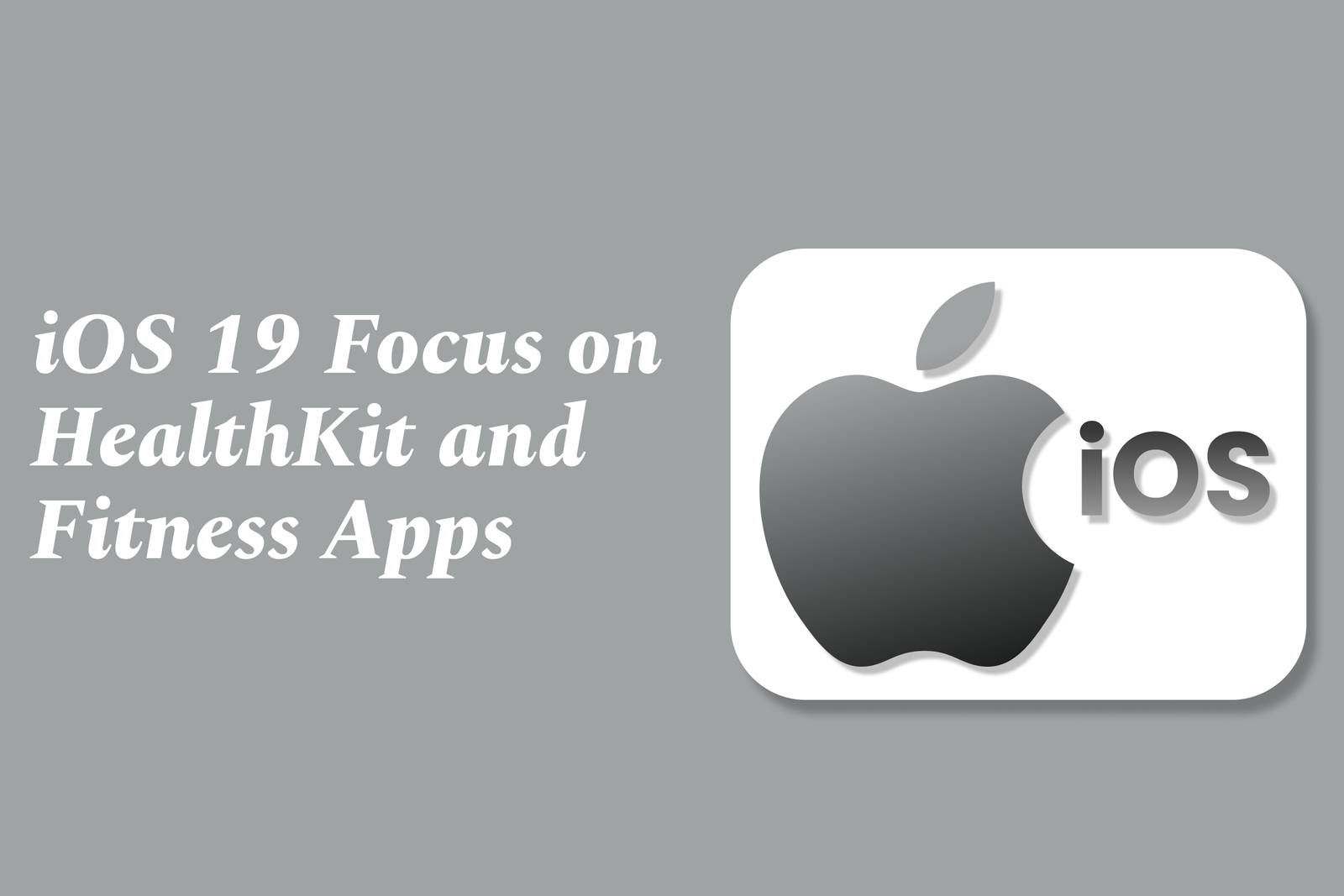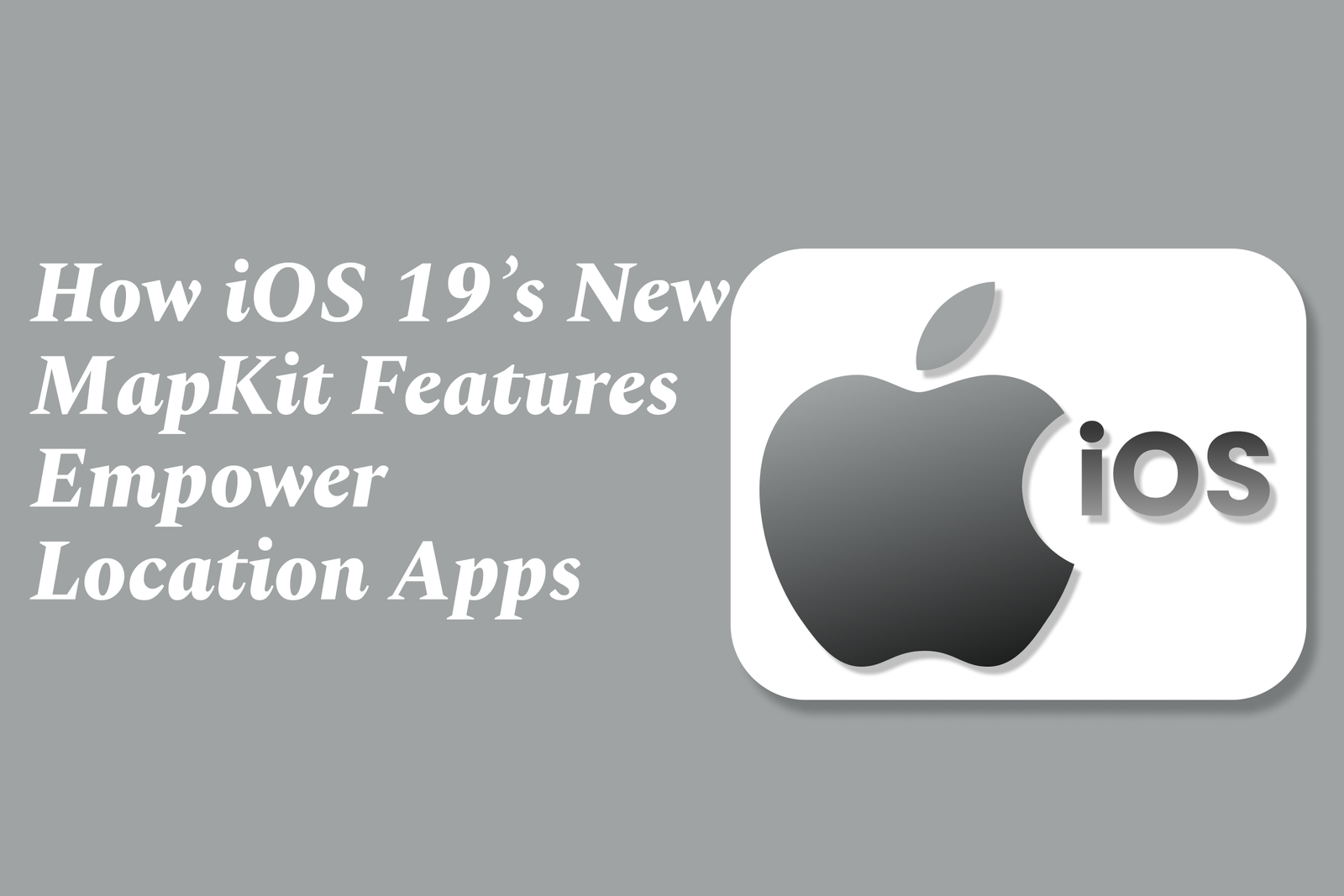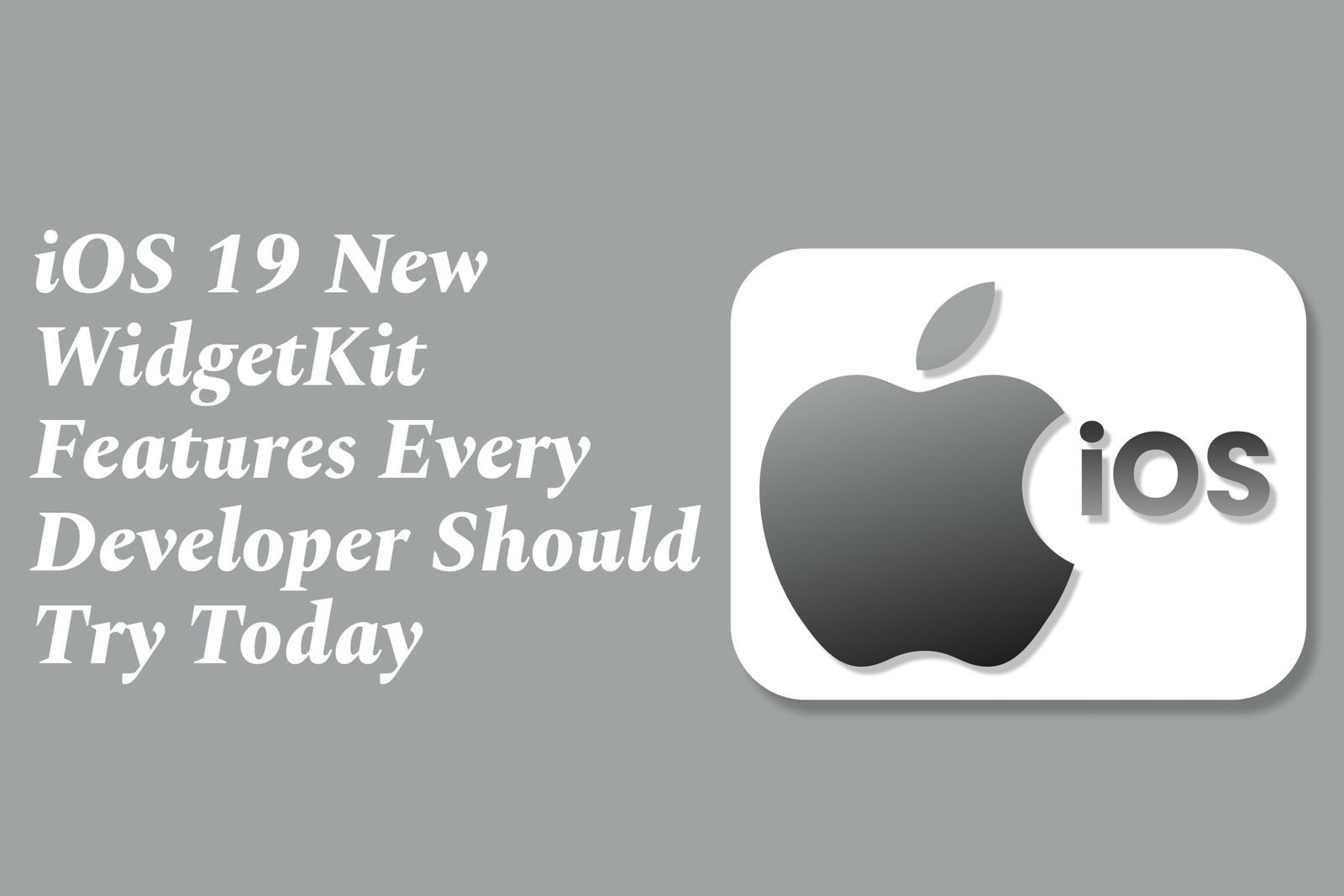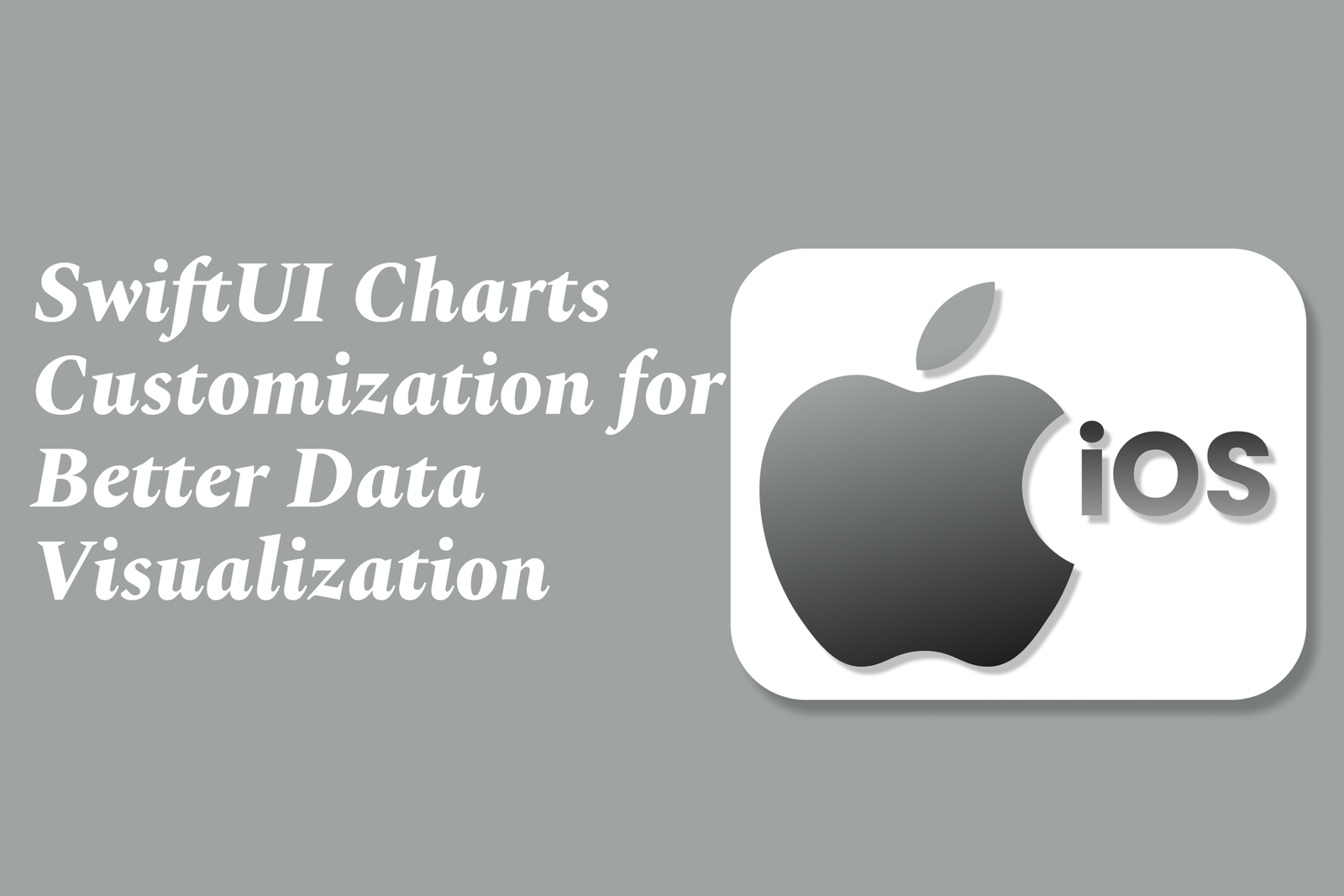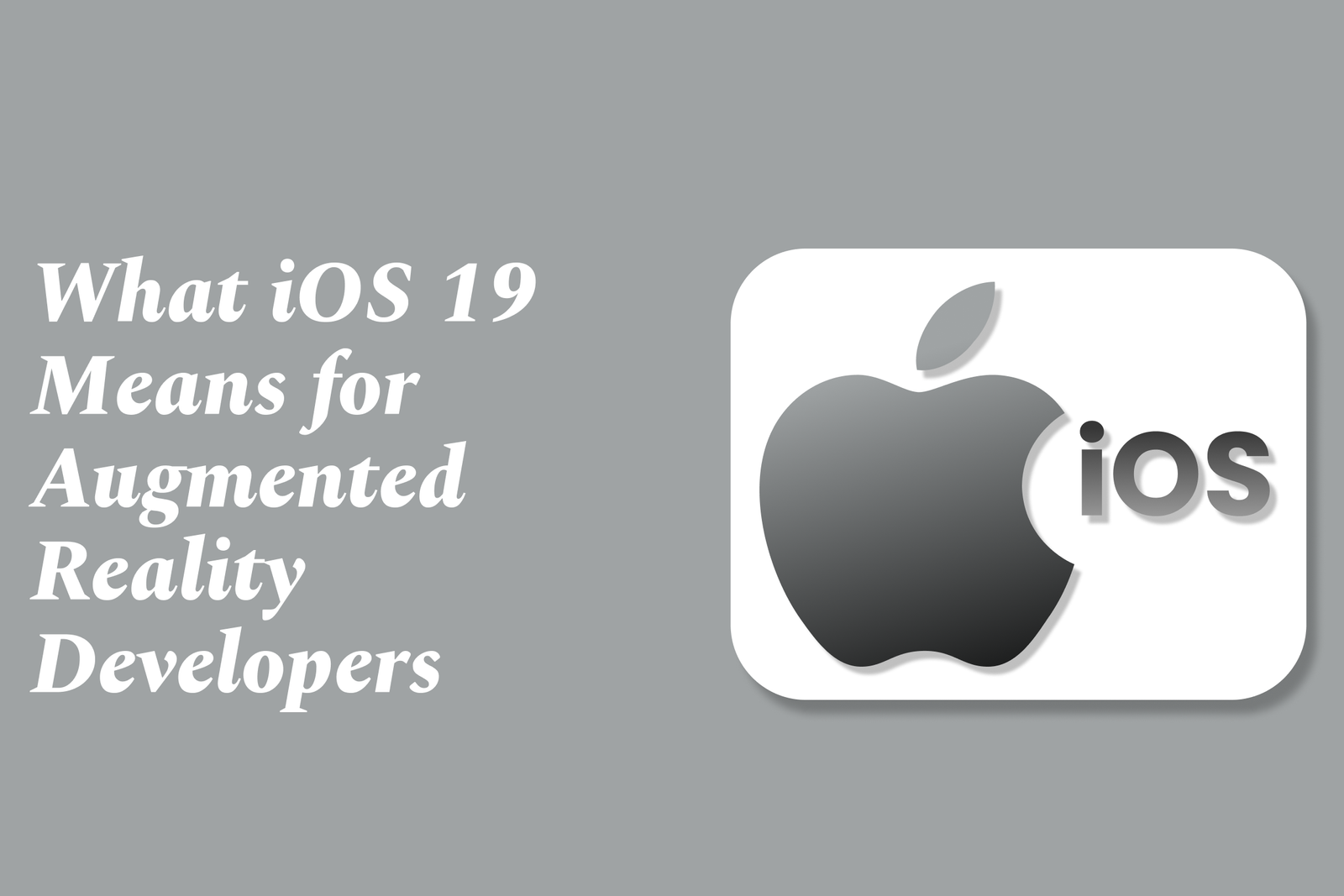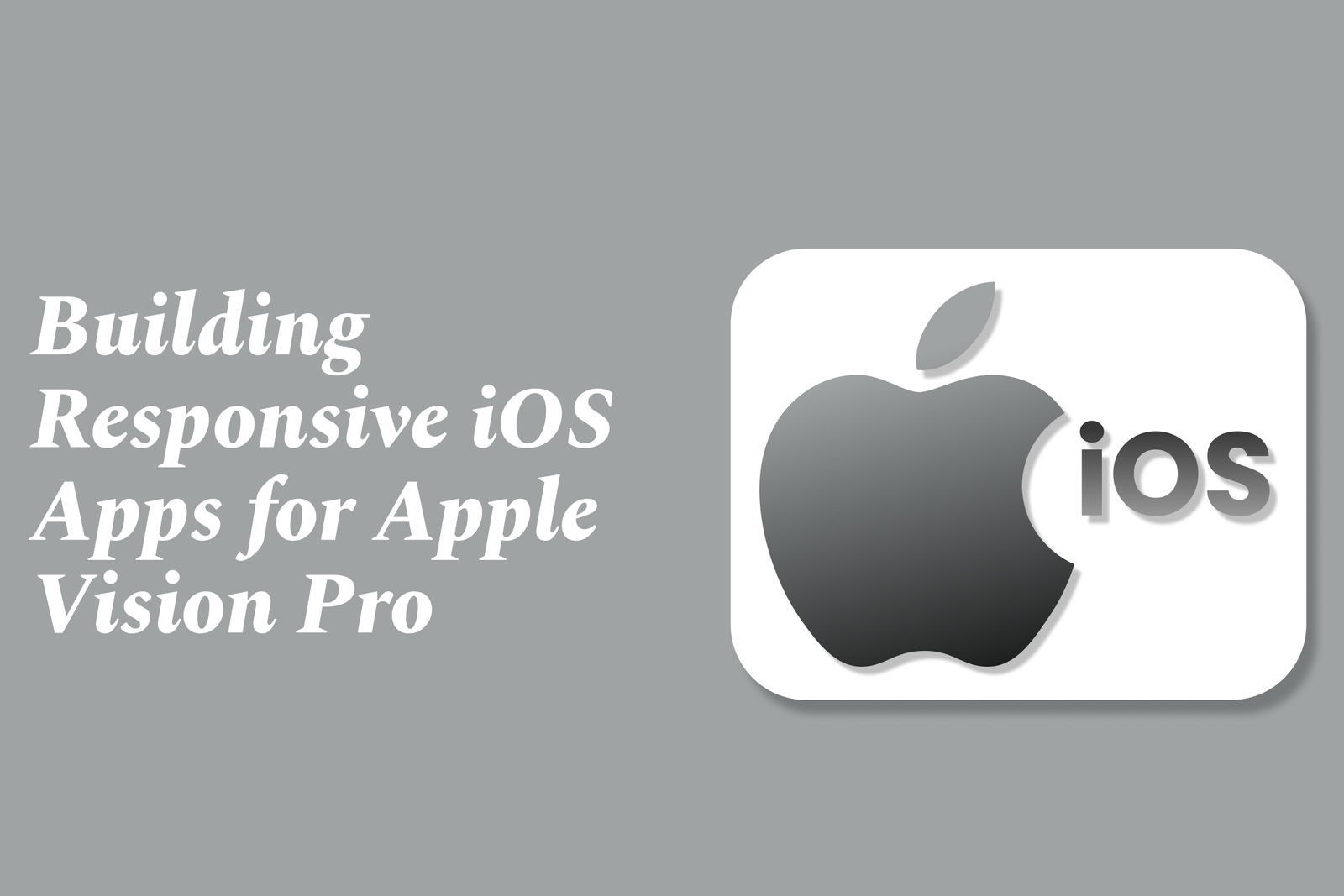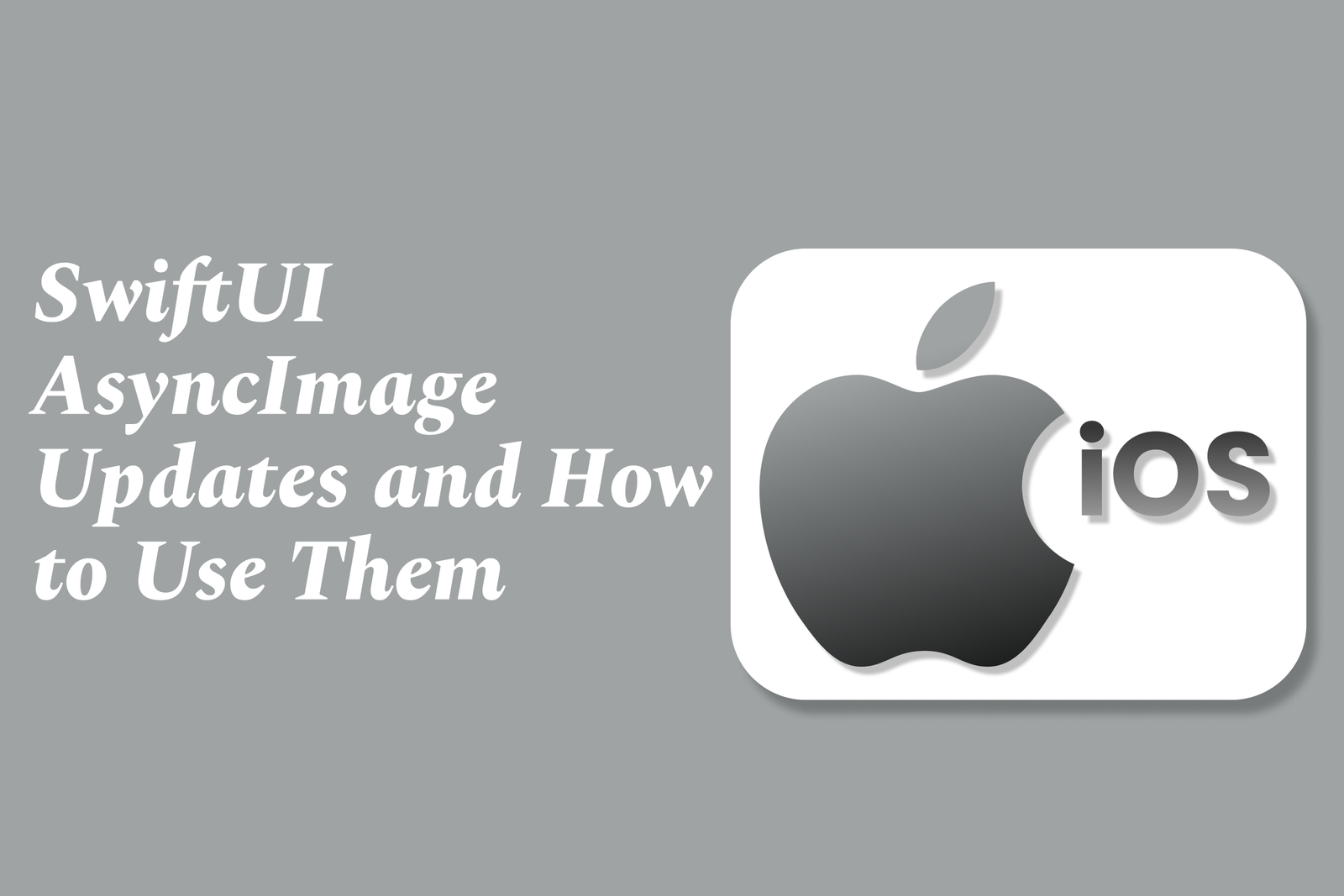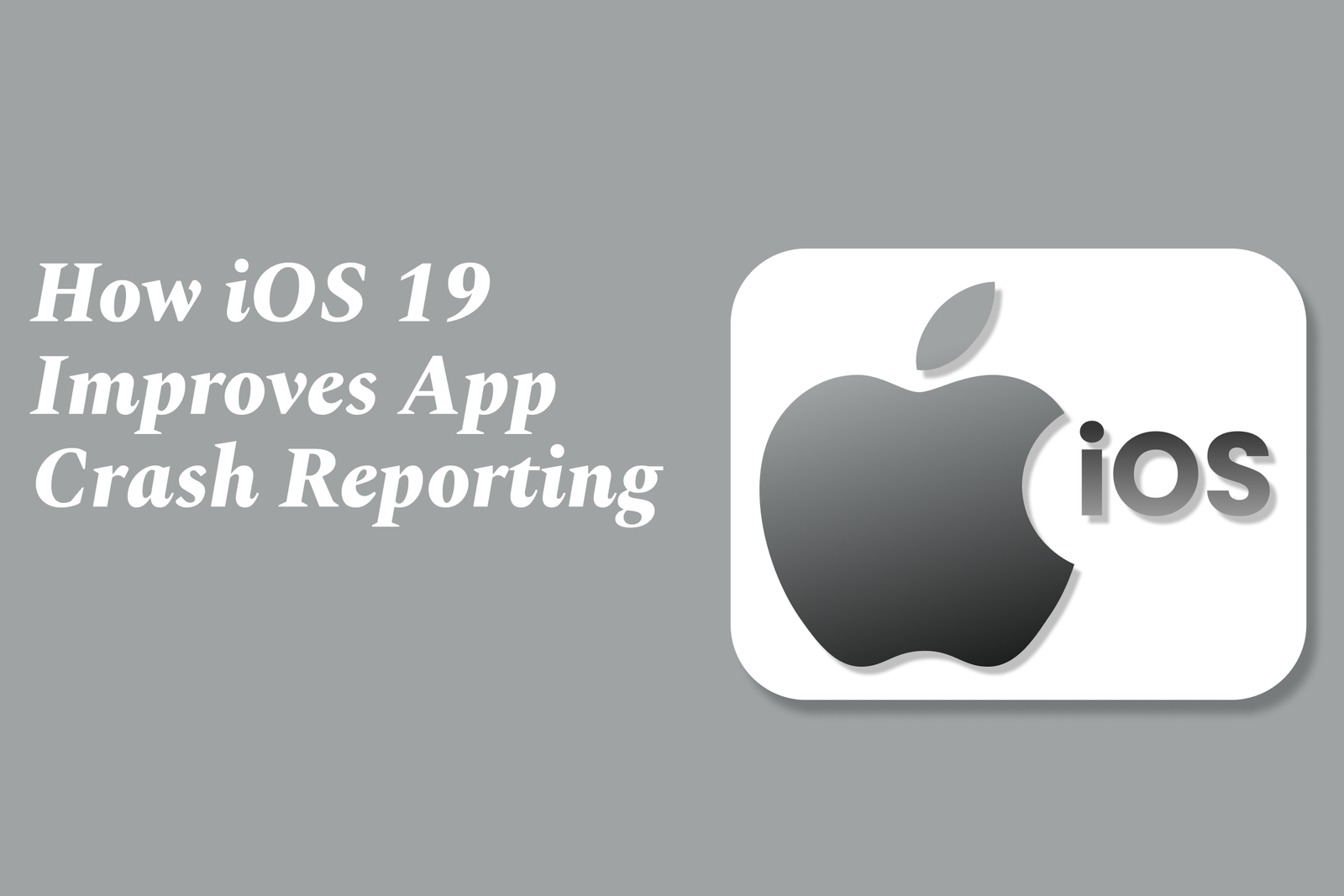What?S New In Combine Framework For IOS 19
iOS 19’s Combine framework update introduces enhanced async handling, improved publisher types, and better integration with SwiftUI, streamlining reactive programming for smoother, more efficient event-driven app development and simplifying asynchronous data flow management.
What’s New in Combine Framework for iOS 19
1 ) Introduction to Apple's Combine Framework and Community Debate
Since its introduction, Apple's Combine framework has sparked discussion in the developer community about its role and effectiveness in iOS development. Some developers criticize Functional Reactive Programming (FRP) paradigms like Combine for leading to complex, unreadable reactive chains that obscure debugging and stack trace clarity. Others welcome Combine as a unified, elegant way to handle asynchronous events and errors, offering powerful built in operations and improved event propagation over traditional delegates, notifications, or callbacks.
2 ) Pros and Cons of Reactive Programming in iOS
Critics argue that for many mobile apps, asynchronous tasks like network calls are simple enough not to require reactive abstractions, which can add unnecessary complexity and bloat.
Supporters note that modern apps often involve multi source events—such as push notifications, websockets, and global app states—that traditional MVC patterns struggle to handle cleanly, making reactive frameworks useful when applied with discipline.
Additional benefits include the potential for less global state, encouragement of functional purity, and clearer management of asynchronous workflows compared to legacy delegate or closure based APIs.
3 ) Comparison with RxSwift and Other Reactive Libraries
Apple introduced Combine partly as a narrower alternative to existing large and complex reactive libraries like RxSwift.
Combine provides integration tightly coupled to the Apple ecosystem but is closed source and relatively new.
RxSwift offers a broader and mature API with features such as virtual time for testing and wider OS support, which Combine currently lacks.
Notably, Combine includes backpressure support, a feature missing in many Rx derived libraries, improving control over asynchronous data flow.
4 ) Key Features and Types in Combine
Combine introduces new publisher types like `Future` to manage asynchronous network operations within a reactive stream, promoting declarative and composable network code.
It simplifies change observation and event handling through reactive streams, enabling cleaner MVVM architecture and SwiftUI integration.
5 ) Use Cases and Practical Considerations
Combine is particularly useful in complex scenarios involving multiple asynchronous event sources and state changes.
For simpler apps or straightforward asynchronous operations, traditional imperative approaches may suffice without adding Combine’s overhead.
Adoption depends on balancing code readability, app complexity, and the benefits of unifying asynchronous event handling under a reactive paradigm.
6 ) Conclusion
The Combine Framework represents a significant step in iOS development towards adopting reactive programming principles natively. While it offers powerful tools for managing asynchronous data flows and integrates well with SwiftUI and modern design patterns, developers must carefully evaluate its complexity versus the needs of their projects. Ongoing community discussions highlight the importance of discipline and understanding when leveraging Combine to avoid pitfalls of unreadable code and performance issues.
https://justacademy.in/news-detail/android-app-analytics-tools-news
https://justacademy.in/news-detail/react-native-and-kotlin-multiplatform:-perfect-together?
https://justacademy.in/news-detail/flutter-job-interviews:-what’s-changed
https://justacademy.in/news-detail/react-native?s-role-in-ai-powered-mobile-experiences
https://justacademy.in/news-detail/how-react-native-is-helping-build-inclusive-apps
Related Posts
iOS 19 enhances HealthKit by supporting standardized medical data sharing (CDA/CCD), empowering users with better control over health records. It also boosts fitness app integration, enabling seamless tracking of workouts like strength training for a holistic health experience.
iOS 19’s new MapKit features empower location apps with enhanced SwiftUI integration, customizable markers, flexible camera controls, and improved user location tracking, enabling developers to create interactive, visually rich, and privacy-conscious map experiences effortlessly.
iOS 19 enhances augmented reality development by offering deeper access to device sensors and cameras, enabling richer WebAR experiences without app downloads. This boosts accessibility, performance, and interactivity, empowering developers to create more immersive, widely accessible AR applications.
SwiftUI Charts customization enhances data visualization by allowing developers to tailor chart types, axes, colors, and markers for clearer, more engaging displays. This flexibility transforms raw data into intuitive, accessible insights directly within SwiftUI apps.
Swift Playgrounds offers new interactive lessons for iOS developers, making it easier to learn Swift and SwiftUI through hands-on coding challenges. It enables users to build, test, and even publish real apps directly from iPad or Mac, bridging learning with practical development.
Top SwiftUI design trends for 2025 focus on immersive 3D elements, AI-driven adaptive interfaces, glassmorphism, seamless cross-platform consistency, enhanced animations, and minimalistic, accessible layouts, creating dynamic, personalized, and visually engaging user experiences.
iOS 19 introduces advanced Battery Usage APIs that help developers monitor and optimize their app’s energy consumption efficiently. These APIs provide detailed insights and tools to reduce battery drain, ensuring apps run smoothly while preserving device battery life.
Building responsive iOS apps for Apple Vision Pro involves adapting your apps to visionOS’s spatial computing environment, ensuring seamless, intuitive interactions across devices by leveraging new UI frameworks and testing beta versions with tools like TestFlight for optimal performance.
SwiftUI’s AsyncImage simplifies loading remote images asynchronously, offering built-in support for placeholders, error handling, and scaling. Its recent updates enhance customization and state management, enabling smoother UI updates and better control over image loading and display.
iOS 19 enhances app crash reporting by improving symbolication through automated upload and management of debug symbols, including third-party frameworks, enabling more detailed and readable crash reports for faster, accurate issue diagnosis and resolution.
